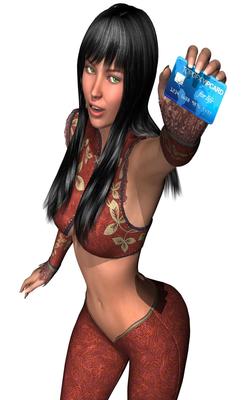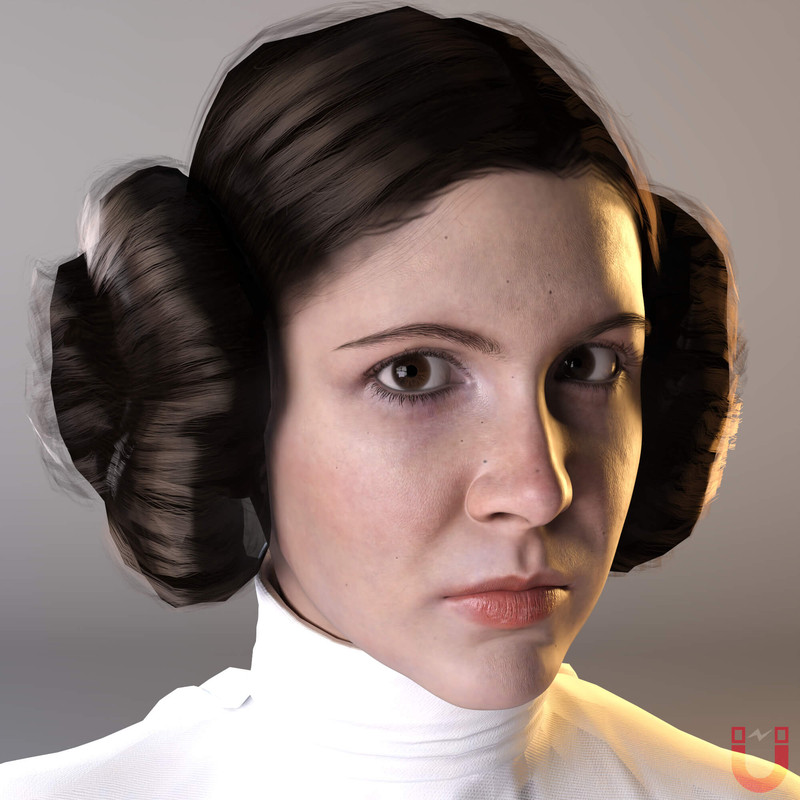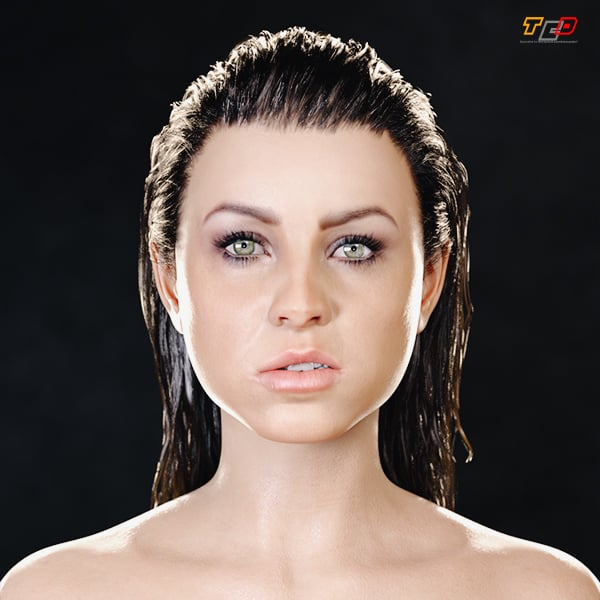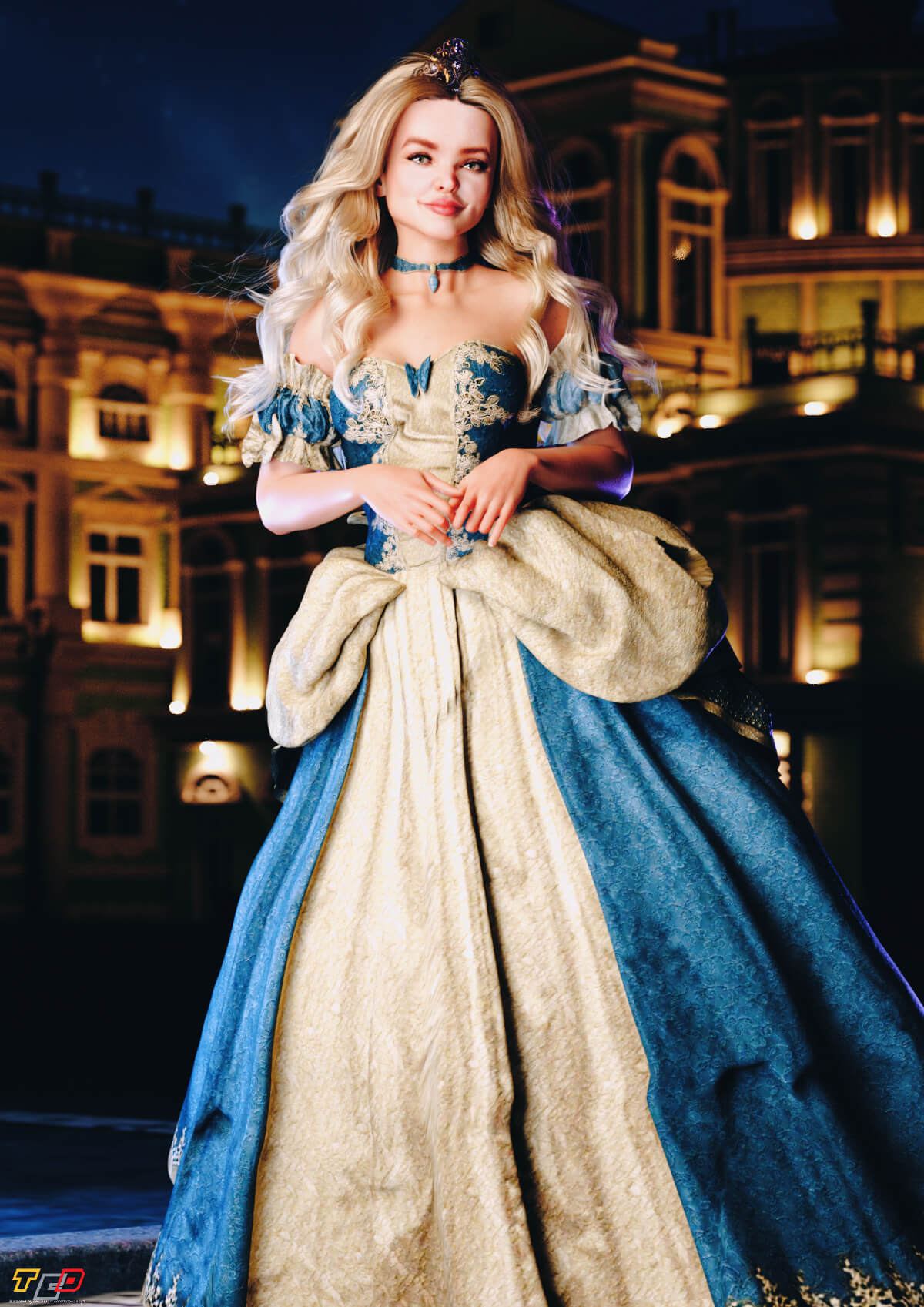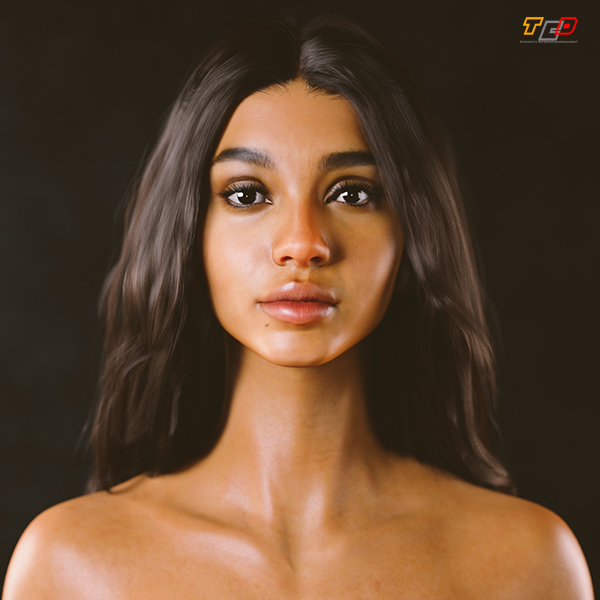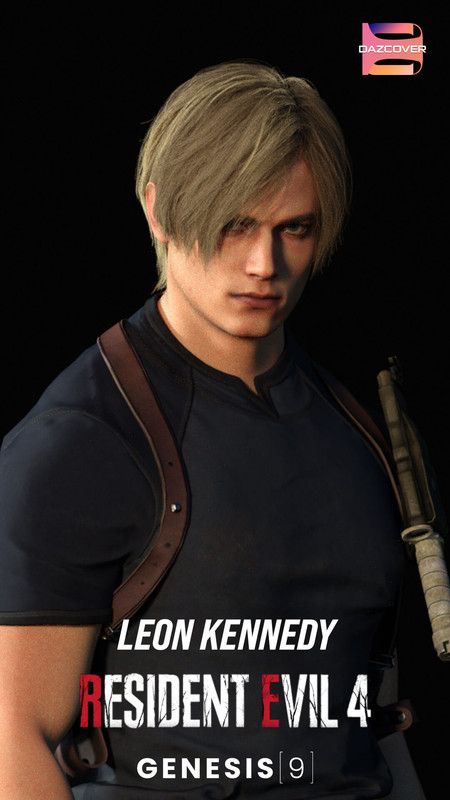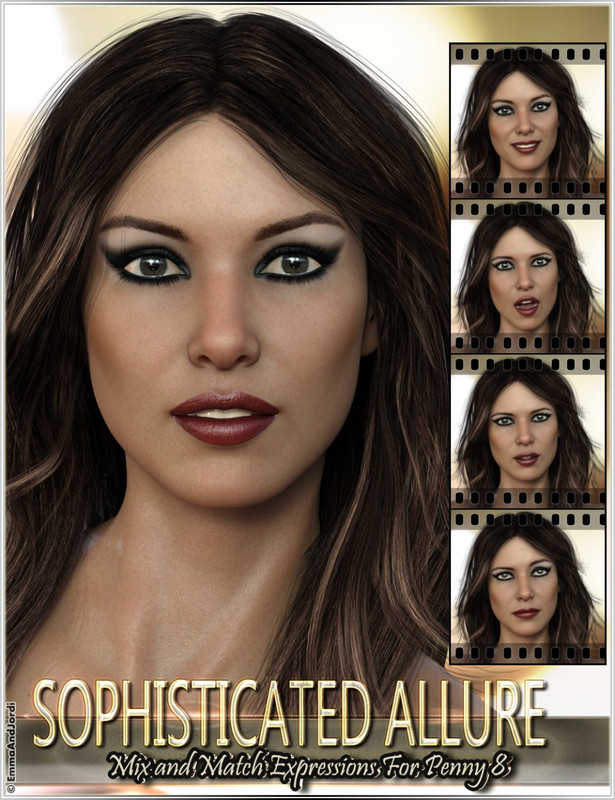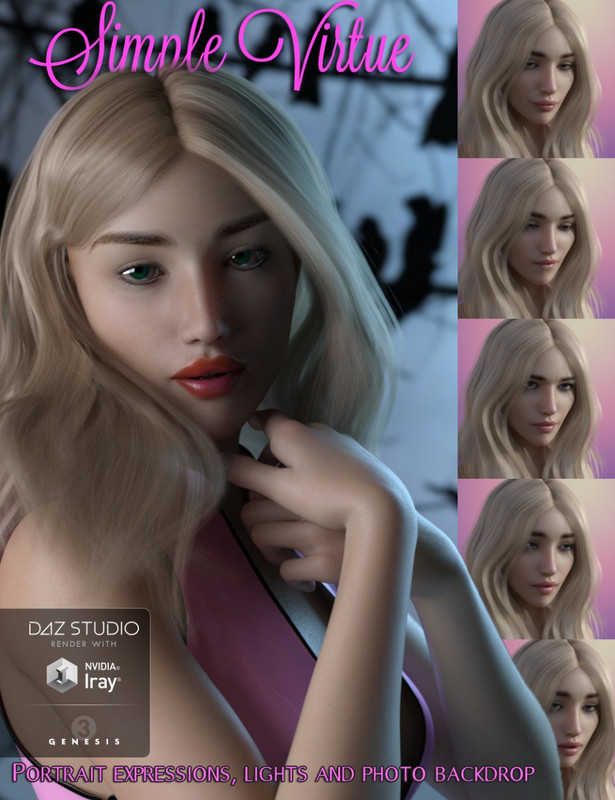Requested Item
XML error in File: http://topgfx.com/forum/subscribe-5.xml
XML error: Opening and ending ...
NDonate And Become A VIP
Contact Us
Administrators:
admin - Site/Tech Issues/ Member Issues/ VIP Issues
Mac - Site/Tech Issues
WuTeVa - Member Issues
Moderators:
BigBrother - Forum, Posting or Comment Problem
vrxitachi - Forum, Posting or Comment Problem
Don_k - Forum, Posting or Comment Problem
DropsOfJupiter - Forum, Posting or Comment Problem
Share Your Render
Chat Box
Send Me PM for any Kind Of Help
¹ New Categories
¹ Old Categories
O Top Rated Articles
Post Calendar
Partner Site
Latest Feed
XML error in File: https://news.google.com/news?q=3d%20modeling&output=rss
XML error: at line 0
Recent Searches
Server Time
Friday 19th of April 2024 09:45:38 PM
Home
Contact Us
Basic Search on xtragfx.com
Edit Images Online
Advertise on Topgfx
Topgfx Sitemap
RSS Feed
Topgfx Free 3D Models » Tutorial » Z-Toon Anime/Cartoon Style for Poser
Z-Toon Anime/Cartoon Style for Poser
Z-Toon Anime/Cartoon Style for Poser
Author: SnowSultan Printable Version
Step 1: Building your Scene
Step 2: Lighting
Step 3: Adding the Ball
Step 4: Adding the Box
Step 5: Z-Scaling
Step 6: Flattened Figures
Step 7: Eliminating Highlights
Step 8: Camera angles using the Ball
Step 9: Creating a Shadow Guide
Step 10: Summary and Tips
Tools Needed
* Poser
Introduction
Hi, and welcome to my latest tutorial. Ever since writing my original anime-style tutorial (also here on DAZ), I have been trying to come up with an easier procedure that didn\'t require so much postwork. Hopefully, this new method will save you a lot of work and frustration and help you create fun, cartoony Poser renders in much less time! Thanks to some very creative ideas from Stewer, ockham, and others, I\'ve been able to improve this tutorial further and make it even easier than before!
You can use the Z-toon technique on any type of figure in Poser, but I would recommend starting with either Lady Littlefox\'s Koshini or Ichiro (available for purchase here at DAZ), or the anime figures at Play With Poser (http://homepage2.nifty.com/zokeimaster/). Vicki and Mike work well too, but you will probably want to use a very simple texture (or even none at all) if you want a more classic cel-shaded look.
The example image above was created using the old Z-toon method and a little postwork in Photoshop. In this tutorial, I\'m going to use Koshini and some free clothing by Motsuura to create a more simple example. Let\'s get started!
Step 1 - Building your Scene
If you read the original version of this Z-toon tutorial, you'll remember that we couldn't conform any clothing and had to apply pose Dots to each clothing item to match the figure. No more!! Now you can conform figures just as if you were creating a regular Poser scene. Apply the clothing and hair to your figure and try to pose it at this point if you can. Use the Main camera to view your scene, but try not to move the camera or change it's angle too much. Poser's cameras do not work well when creating a Z-toon render, so we will use an alternate method of changing our viewing angle later in this tutorial.
Step 2 - Lighting
Once your figure is all dressed and posed, it's time for lighting. If you read my original anime tutorial, you remember that I recommend using one light in order to keep the shadows simple. We're going to do the same thing in this tutorial too. :) Delete all but one light in your scene and make the remaining one a white Infinite at 100% Intensity. Try to position it like in the example above so that it's near the middle of the Light Control globe and shines directly on the figure. You can try coloring the light or even adding two lights if you have a large scene, but I would recommend starting with one for now.
Step 3 - Adding the Ball
The next few steps will be new for this tutorial, and may seem confusing at first. In the end however, you will see that a little preparation now makes things much easier later. :)
Open your Props folder and you should find several basic objects that were included with Poser (a Box, a Ball, a Cane, a Cone, etc.). Locate the Ball as shown in the image above and load it into your scene. Feel free to move it out of the way of other objects too, but try to keep it in view for now. We will hide it when we render our image anyway.
Now comes the important part. Select each figure in the scene (each character, clothing item, etc.) and choose Set Figure Parent... When the Figure Parent window appears, choose the Ball that we just added. Repeat these steps to parent each figure or prop to the Ball. You should not have to parent smart props like jewelry or weapons to the Ball because they will follow their original parent (the figure they are smart-propped to).
Step 4 - Adding the Box
Once all of the figures are parented to the Ball, go back to your Props folder and load the Box into your scene. Go ahead and move it over if you wish, like I did in the example above. Now you should have a Ball and a Box in your scene, along with your figure.
Select the Ball now and choose Object -> Change Parent... When the window opens again asking you to choose the Ball's new parent, choose the Box.
At the moment, our figure and all her clothes are parented to the Ball, and the Ball is now parented to the Box. I hope you're not too confused! :) The hard part is over now though, so let's continue and you will see what we do with those two primitive props.
Step 5 - Z-Scaling
Now it's time to discover why I call this the Z-toon method! Select the Box and reduce it's zScale dial to somewhere between 5% and 20%. This shrinks the depth of the Box and everything that is parented to it - which now includes the figure and all her clothes. Without depth, the objects appear as flat, two-dimensional pictures instead of a 3D mesh, and this is what creates the cartoon look.
Step 6 - Flattened Figures
If you rotate the camera, you will see that the entire figure has become flat and two-dimensional, almost like a paper doll. The reason why this gives the character a cartoon look is because without depth (zScale), shadows are unable to form around the contours of the mesh and instead are simply cast by the paper-thin silhouette of the figure The lower you make the zScale, the less depth the figure will have and the fewer details and shadows will appear. Anything below 5% can cause the edges to lose focus and look like dotted lines, so I like to keep it around 10%-15%. You can always smooth out unwanted shaded areas or slight flaws in post-work anyway.
The most interesting thing about this technique though is that the figure is still poseable even while flattened! Morph targets can be adjusted, arms and legs can bend, and the figure can be rotated as well. However, it's very important to remember to only rotate the figure by her Hip and not by the Body or by rotating the camera around her. Select the character's Hip (not the clothing's Hip, be sure to check before rotating) and use the dials to turn her around or even tip her at an angle. You'll see that even though the figure itself is flat, it is still able to be posed and rotated within it's own space...kind of like the three criminals who were trapped in the Phantom Zone in the Superman movies. :)
Step 7 - Eliminating Highlights
Once the figure is flattened, you should look it over and eliminate any highlights or detailed textures that detract from the cel-shaded look. I always remove skin and eye highlights first, since these are rarely desired in cartoon images. Sometimes you may want to keep Poser's highlights on shiny clothing or objects, and other times you may prefer to paint them yourself in postwork to be more accurate. Very detailed textures often look strange on a Z-toon figure, and you may find that using no texture at all and simply coloring the figure in the Materials menu gives you a cleaner, more hand-colored result.
Step 8 - Camera angles using the Ball
In this step, we will use the Ball to simulate camera movement. In the example above, I added a ground prop so that we could easily see how the entire environment is rotating and not just the figure. Parent the ground object to the Ball, otherwise it will not move with the rest of the scene.
Now all you have to do is select the Ball and adjust it's x, y, and zRotate dials. Rotating or moving the ball will move all of the parented objects and figures, so by rotating the ball, you are effectively rotating your entire scene as well.
You do not have to add background or ground objects to do this; as long as the figure and any clothes are parented to the Ball (which they should be anyway), you can manipulate the Ball's position and rotation to create a different viewing angle. When making animations, just remember to rotate the Ball to animate the camera angle and it should work just fine.
Step 9 - Creating a Shadow Guide
Now that your Z-toon render is complete, you might also want to make a quick shadow guide to help you add shadows more accurately in postwork. It's very easy to do, and can be very helpful when you have to paint or touch up complex shadows for creating more classic anime images.
Switch to Cartoon with Line mode and your scene should look similar to the one above. At first, you might not see many shadows on your figure because it is still flattened (not 100% zScale), and because your light is probably shining directly on the figure. Changing either the light's direction or restoring the zScale to 100% should cast stronger shadows. Doing both might cast too many shadows though, so try one at a time first. :) When you're ready, anti-alias the window and export the image (don't Render it or you won't get the Cartoon with Line mode style).
Don't adjust the camera (or Ball), or change anything else in your scene at this stage though. The only point of this step is to produce a simple cartoon-style image that shows the direction and location of shadows. Color, detail, and even size do not matter here, it's just for reference. If you don't want to do postwork, or if you're making an animation and cannot add shadows by hand, you can skip this step.
Step 10 - Summary and Tips
That's about it! Here is a quick list of the steps in this tutorial for easy reference.
1. Create your scene normally, loading figures and hair and conforming any clothing. Try to pose the figure(s) at this stage, and don't adjust the camera angle too much.
2. Delete all but one light and shine it directly at the figure. I recommend using an Infinite 100% Intensity white light while you are learning.
3. Import the Ball that comes with Poser into the scene and parent each figure (clothing, characters, etc) to it using "Set Figure Parent ...".
4. Import the Box that comes with Poser into the scene and parent the Ball to it.
5. Select the Box and reduce it's zScale to 5%-20% (I like 10%-15% personally). This will flatten the figure and create the cartoon style look.
6. Eliminate highlights that detract from the flat cartoon effect. Usually you will at least want to remove them from the character's skin and eyes.
7. Rotate the Ball to change the view of the scene. DO NOT use the cameras or you will see that the figures are flat.
8. Switch to Cartoon with Line mode and make slight adjustments to the lights if necessary to create a shadow painting guide. This step is optional.
One more thing...remember that using a flat cartoony figure in front of non-flattened background props can look strange if you are really trying to achieve a cel-shaded look. You can always try flattening background items too...sometimes they work and sometimes they don't. ;)
Be sure to try your own ideas and techniques when using this method! Changing the light color, camera angles, and creative postwork are just a few things you can do to improve upon what I've described here.
Anyway, I hope you've found this tutorial helpful and I'll look forward to seeing any images you create using it! Take care!
SnowS
1001 Words
If you enjoyed this tutorial, please take a look at my other ones here and on Renderosity!
No part of this tutorial may be reprinted in any form without my permission (although I will almost always give permission). :) I will always allow translation of my tutorials into other languages however, as long as I am given credit for the original English version and am notified where I can view the translated version. Original version of this tutorial (Z-toon) available on www.renderosity.com. Thank you!
10X Speed Direct Download Z-Toon Anime/Cartoon Style for Poser
Related News

|
Room Creator Expansion 2 (re-up by req.) Description: Room Creator Expansion 2 |

|
Creating Anime with Poser Description: The reason that 3D renders never look like traditional anime is largely because anime uses simple shading. Anime shadows generally do |

|
Using the Studio link to import from DAZ Studio Description: Were you hesitant to use Bryce with DAZ Studio characters because of the process of exporting and importing? At first I was too. Bryce |

|
D-Toon Anime/Cartoon Technique Description: Since my popular Z-Toon method will not work in DAZ Studio, I came up with another technique to combine two or more specialized cartoon |
Information
Would you like to leave your comment? Please Login to your account to leave comments. Don't have an account? You can create a free account now.
Would you like to leave your comment? Please Login to your account to leave comments. Don't have an account? You can create a free account now.



